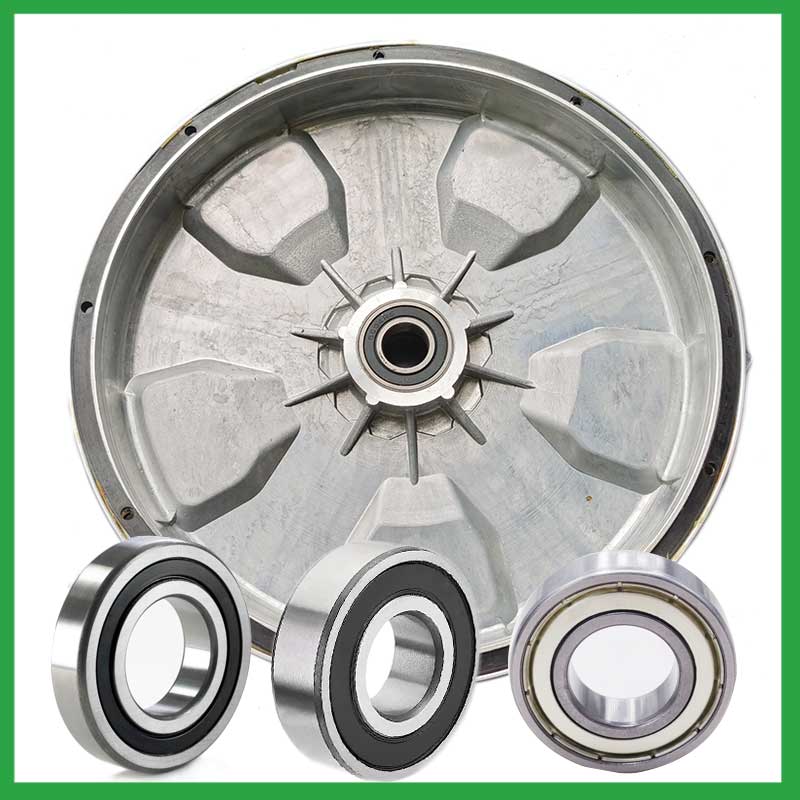PRODUCTS
CONTACT US
Ningbo Nide International Co., Ltd.
一一
· Contact person:Jack Zeng
· Mob/Whatspp/WeChat:0086-13738869026
· Email:emarketing@nide-group.com;marketing4@nide-group.com
· Add:No. 169, Wohushan Road, Daqi Subdistrict, Beilun District, Ningbo, China

Nide team could manufacture ball bearing as per customer’s drawing and samples.
If customer only has samples, we could also design drawing fo r our customer.
We also provide customized service.
Our ball bearing is widely applied the different industrials.
Established in 2010, Haishu Nide International Co., Ltd is a modern enterprise specializing in the production of high-density bearings, with a factory area of over 9000 square meters. We have an excellent staff team, excellent production lines, and complete testing methods. Our main products are spherical roller bearings, cylindrical roller bearings, insulation paper,thermal protector,commutator,magnet,shaft,motor cover and lamination,ball bearing, etc.
At present, our products have been sold to Europe,Oceania,Africa and other regions, as well as more than 50 countries and regions such as Estonia,Liechtenstein,Turkey,Lithuania. Strict quality control system, plus strong technical team allow us to offer the reliable machines to our customers. The philosophy of ” Service, Profession, Prompt, Innovation” help us to win the customer favor.
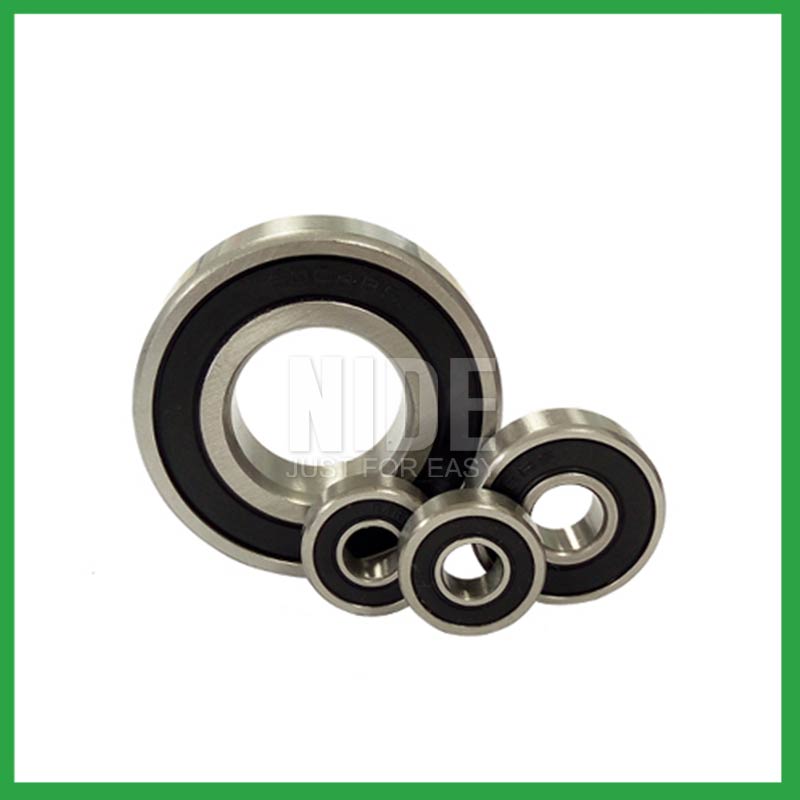
| Parameter | Information |
| Product Name | philadelphia ball and roller bearing |
| Place of Origin | China |
| Brand Name | Nide |
| Material | chrome steel, etc. |
| Type | Ball |
| Warranty | 3months-1year |
| Port | Ningbo/Shanghai |
| Application | textile machinery, etc. |
| Size(mm) | customize |
| Color | white+customized |
| Precision Rating | as per customer's requirement |
| Certification | ISO 9001 Certification,CE-stator coil forming machine,CE-stator coil winding inserting machine,etc |
| Feature | Low Noise,High precision...etc |
| Packaging Details | Suitable for sea transportation |
| Service | one-stop service |
| Model Number | ball bearing |
| Supply Ability | 100000-500000 Piece/Pieces per Month |
| Lead time (days) | 15-20 (To be negotiated) |
Please note: The above table data is for reference only. For specific information, please contact us.
philadelphia ball and roller bearing have the advantages of high efficiency,low friction coefficient,lightweight,compactness, and high load, and are used in main motion mechanisms and components, such as resistors,tires,automotive drive components,motors, different motion mechanisms and accessories of airplanes and motorcycles.
During the disassembly process, the outer shell should be kept intact to avoid unnecessary damage;
When replacing installation components, attention should be paid to the accuracy of the support components to prevent deformation;
During the disassembly process, attention should be paid to protecting the surface quality of the ball bearing to ensure its performance;
During the operation, attention should be paid to removing surface dust to ensure the quality of the ball bearing.
Ball bearings have many advantages, making them highly competitive in the market.
Firstly, they are very durable and have good wear performance, making their service life longer than many other types of bearings.
Secondly, they are easy to install and can provide low friction performance in various applications.
Thirdly, they require a relatively low level of maintenance, making them cost-effective.
In addition, compared to many other types of bearings, their purchase cost is relatively low, making them an economical choice.




philadelphia ball and roller bearing---FAQs Guide
2.How do cage materials and designs impact philadelphia ball and roller bearing performance and stability?
3.How do different philadelphia ball and roller bearing designs, such as deep groove, angular contact, or thrust bearings, cater to specific applications?
4.Can philadelphia ball and roller bearing be used in both vertical and horizontal orientations?
5.What maintenance practices are recommended to extend the lifespan of philadelphia ball and roller bearing and prevent premature failure?
6.What is the load distribution within a philadelphia ball and roller bearing, and how does it vary between different bearing configurations?
7.What are the advancements and innovations in philadelphia ball and roller bearing technology that have emerged in recent years?
8.As a philadelphia ball and roller bearing manufacturer,How Can We Guarantee Quality?
9.What are the philadelphia ball and roller bearing product skill training options?
10.What are the considerations for choosing between open, shielded, or sealed philadelphia ball and roller bearing in specific applications?
11.Are there specific philadelphia ball and roller bearing designed for applications in the aerospace and aviation industries, and what standards do they adhere to?
12.How do philadelphia ball and roller bearing provide smooth and controlled motion in various mechanical systems, such as conveyor belts or automobiles?
13.Are there ongoing research and development efforts aimed at improving philadelphia ball and roller bearing materials, designs, and lubrication techniques?
14.What are the considerations for selecting sealed or shielded philadelphia ball and roller bearing to protect against contamination and retain lubrication?
15.About philadelphia ball and roller bearing,What about the lead time?
16.What anti-corrosion coatings or treatments are available for philadelphia ball and roller bearing used in marine or outdoor applications?
1.As a philadelphia ball and roller bearing manufacturer,Your product certifications?
ISO9001:2015 certificate,ISO 9001 Certification,CE-stator,etc.
2.How do cage materials and designs impact philadelphia ball and roller bearing performance and stability?
As the core component of rotating machinery, the performance and reliability of high-precision philadelphia ball and roller bearing directly affect the overall performance and life of the machine and instrument . The increase of the rotational speed will aggravate the collision and friction of the cage, which will lead to the decrease of the rotational stability of the cage. The unstable movement of the cage could in turn lead to more severe collision and wear, thus reducing the life and reliability or even the destruction of the bearing.
Therefore, it is very necessary to study the cage stability to guarantee the stable operation of bearings. However, the dynamic characteristics of the cage is very complex. Parameters such as load, rotational speed and lubrication may affect its kinematic and tribological conditions, which leads to the change of its motion behavior.
3.How do different philadelphia ball and roller bearing designs, such as deep groove, angular contact, or thrust bearings, cater to specific applications?
Deep groove philadelphia ball and roller bearing: Deep groove ball bearings are the most common type. They can handle both radial and axial loads. Angular contact ball bearings: Angular contact ball bearings have higher than average internal axial clearance. They can handle axial loads in one direction and moderate radial loads.
4.Can philadelphia ball and roller bearing be used in both vertical and horizontal orientations?
Sleeve Bearings: Sleeve bearings, also known as plain bearings, employ a simple yet effective mechanism. A cylindrical sleeve separates the rotating shaft from the stationary portion of the bearing, reducing friction and enabling smooth rotation. Sleeve bearings are characterized by their quiet operation, cost-effectiveness, and suitability for horizontal mounting orientations.
Ball Bearings: Ball bearings introduce small metal balls between the moving parts, providing enhanced durability and reduced friction. This design allows for smoother and more efficient rotation, making ball bearings well-suited for high-performance applications and vertical installations.
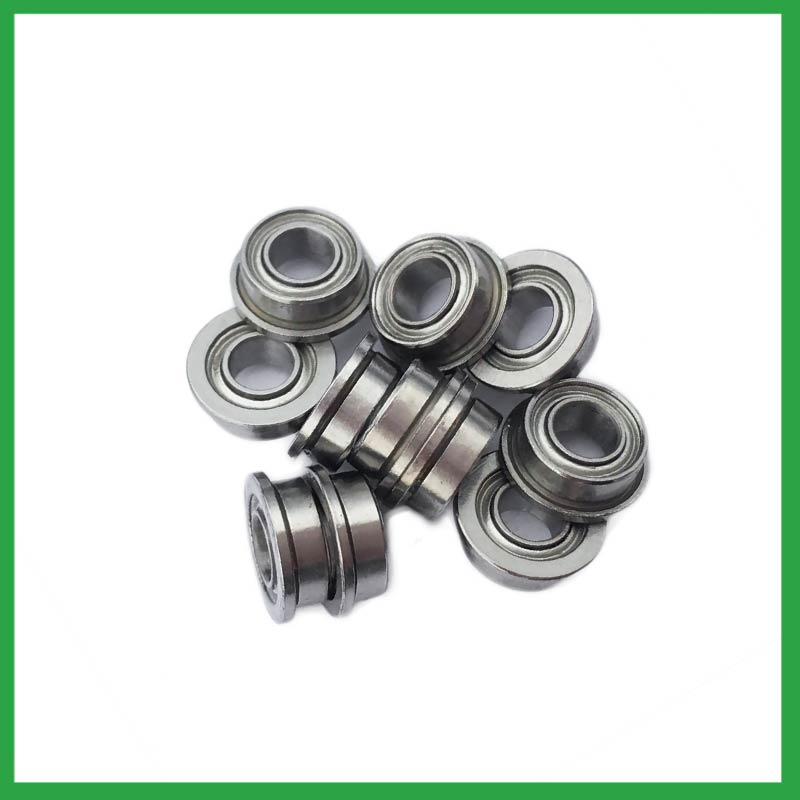
5.What maintenance practices are recommended to extend the lifespan of philadelphia ball and roller bearing and prevent premature failure?
Proper handling and installation of philadelphia ball and roller bearing is essential to preventing premature failure. Ensure that bearings are stored and transported in a clean, dry, and vibration-free environment. During installation, ensure that bearings are properly aligned, and torque is applied correctly.
6.What is the load distribution within a philadelphia ball and roller bearing, and how does it vary between different bearing configurations?
The load distribution between the rolling elements and raceway is crucial in performance evaluation of rolling element bearings. Determine the load distribution by measuring the strain response at the bearing surface with a notched housing. Finite element analysis shows that the introduction of notches does not affect the load distribution. An experimental system was developed to investigate the load distribution in a cylindrical roller bearing. The experimental static load distribution agrees well with the theoretical calculation. The dynamic load at specific position of load zone reflects the manufacture difference among rollers and dynamic balance of distributing loads.
7.What are the advancements and innovations in philadelphia ball and roller bearing technology that have emerged in recent years?
Significant advancements have been made in philadelphia ball and roller bearing steels over the years. Modern, ultra-clean bearing steels contain fewer and smaller non-metallic particles, giving ball bearings greater resistance to contact fatigue.
8.As a philadelphia ball and roller bearing manufacturer,How Can We Guarantee Quality?
Always a Pre-production Sample Before Mass Production;Always Final Inspection Before Shipment.
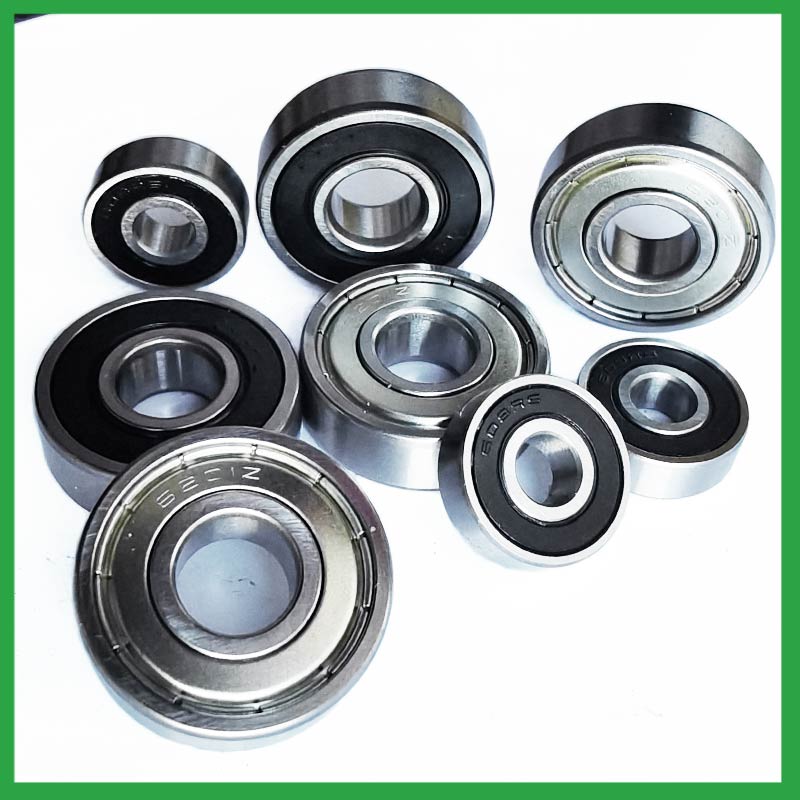
9.What are the philadelphia ball and roller bearing product skill training options?
Quality comes from being controlled rather than be done. On the basis of the escalating production equipment and optimized process, Nide spare no efforts and keeps improving for quality control. Quality assurance covered with system, technology and human resources are in full swing.
10.What are the considerations for choosing between open, shielded, or sealed philadelphia ball and roller bearing in specific applications?
While sealed bearings offer superior protection and maintenance advantages, shielded philadelphia ball and roller bearing can be more suitable in situations where minimal friction and operating temperature are crucial. It's essential to assess the operational environment and demands before making a selection.
11.Are there specific philadelphia ball and roller bearing designed for applications in the aerospace and aviation industries, and what standards do they adhere to?
Airframe control philadelphia ball and roller bearing are specialized bearings tailored for aircraft structures, particularly control systems and surfaces. Designed for low-speed oscillatory applications, they offer precision and support, effectively managing misalignments and flight-induced stresses.
Airframe Control bearings are lightweight, corrosion-resistant, grease-lubricated, and are sealed on most occasions. They come in precision grades for running accuracy.
12.How do philadelphia ball and roller bearing provide smooth and controlled motion in various mechanical systems, such as conveyor belts or automobiles?
In essence, philadelphia ball and roller bearing operate on the principle that it's far more efficient to roll over surfaces than to slide, thereby significantly reducing friction and facilitating smooth movement of machinery parts.
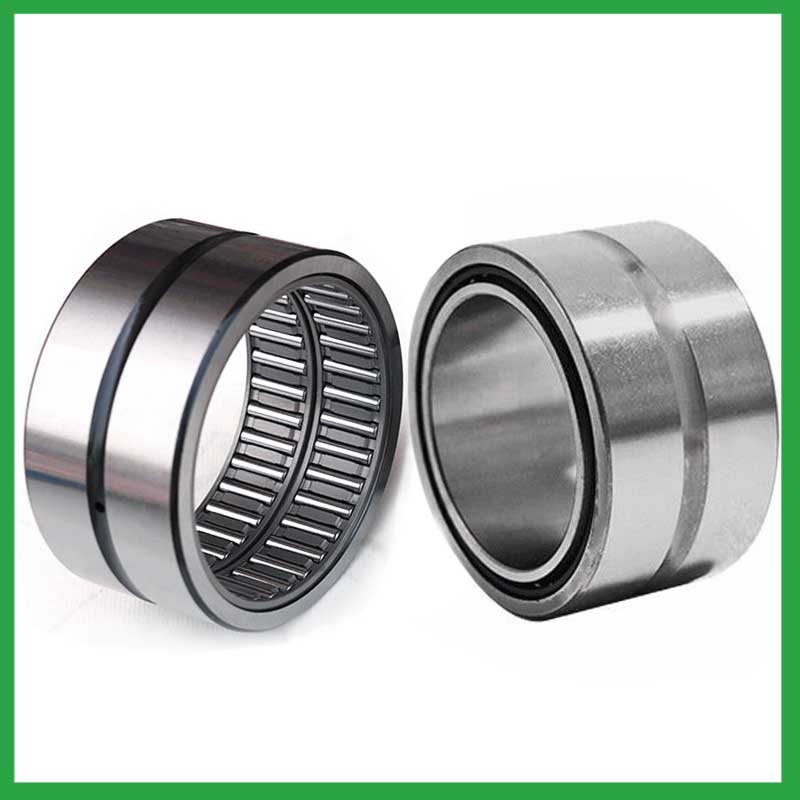
13.Are there ongoing research and development efforts aimed at improving philadelphia ball and roller bearing materials, designs, and lubrication techniques?
A custom philadelphia ball and roller bearing can satisfy almost any customer’s needs. Your application may need a needle roller or ball bearing, a radial or angular contact design, a plain carbon steel bearing with anti-corrosion coatings or stainless steel, a thrust bearing or a spherical bearing, tight or loose radial play, sealed or non-sealed designs
14.What are the considerations for selecting sealed or shielded philadelphia ball and roller bearing to protect against contamination and retain lubrication?
First, the environment in which your philadelphia ball and roller bearing operate in can help you identify potential contaminants, allowing you to select your shields or seals accordingly. For example, shielded bearings have a gap that can allow finer contaminants or water from washdown applications to enter the bearing and get into the raceways.The challenge for sealing bearings is to seal the bearing by protecting the bearing from contaminants and running efficiencies.
15.About philadelphia ball and roller bearing,What about the lead time?
3-7 days for samples, 3-4 weeks for mass production.
16.What anti-corrosion coatings or treatments are available for philadelphia ball and roller bearing used in marine or outdoor applications?
Corrosion Resistant Coatings.Whether philadelphia ball and roller bearing are manufactured from stainless steel or from chrome, anti-corrosion coatings can be applied. Compared to the natural state of the base metal, these coatings make surfaces less chemically reactive. In their selection of treatments or coatings, some industries choose to consult with the manufacturer of the bearings they use. This is because surface engineering is a highly specialized undertaking. These coatings used for their anti-corrosion properties to protect bearings in harsh environments include the following:Passivation (of stainless steel),Carbide and titanium nitride,Galvanized zinc,Nickel plating,Cadmium plating,TDC (thin dense chrome).
